The Handbook of Bird Photography: Review
By Bob Lewis
The Handbook of Bird Photography, by Markus Varesvuo, Jari Peltomäki and Bence Máté was published this year by Rocky Nook, Inc. of Santa Barbara, CA. It’s a softcover landscape format book of 358 pages, full of striking bird images. The book outlines equipment and techniques, but the authors emphasize fieldwork in an effort to share their different approaches and experiences. They encourage the reader to seek his or her own unique approach to bird photography. Roughly 100 pages of site descriptions are included, with the emphasis on Scandinavian locations. Although perhaps not a great attraction to the North American bird photographer, they are interesting as examples of what attracts the photographer to a site.
The three authors have different approaches and preferred subjects: Varesvuo specializes in winter and bird action photography, and prefers natural light; Peltomäki is known for owl photography; and Máté works from within blinds and uses flash. The first two are Finns, the last a Hungarian. Each won the prestigious International Wildbird Photographer competition, organized in Britain, during the years 2003 – 2005. They obviously know their subject and their images set a high standard to guide the reader’s aspirations.
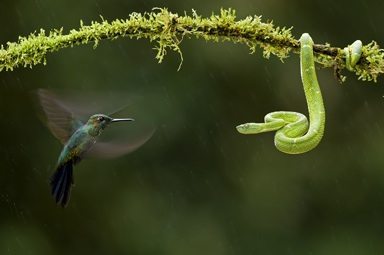
![26 Great Grey Owl hunting-email[5]](https://goldengatebirdalliance.org/wp-content/uploads/26-Great-Grey-Owl-hunting-email5-1024x682.jpg)
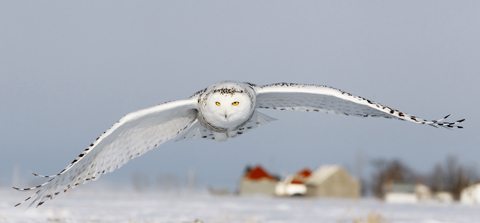
I rarely use a blind. These authors frequently use blinds, constructing a variety of hides for differing purposes. There is an interesting section on building and using blinds. Máté now runs a photo-tourism company, going to locations where he has installed blinds – to his farm in Hungary, or to Costa Rica or Brazil (www.hidephotography.com). The images he shows are often spectacular.
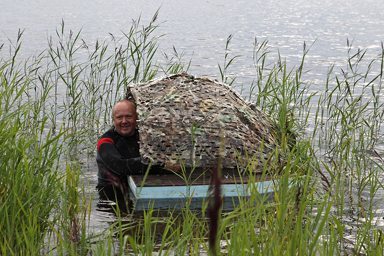
Although the book has sections on equipment selection from cameras to beanbags, much if not all of this is available in many other books, blogs and websites. Sections on focusing methods and exposure as they relate to bird photography were more interesting. Because there are so many options with modern camera bodies, it’s always of value to learn how and why other photographers use their equipment. Each image has detailed information regarding camera and lens operating conditions, date and location. I rarely shoot over ISO 1250, yet many images in this book were taken at ISO 1600 or higher. It’s encouragement to stretch the limits you may have put on yourself.
Except for a short section on cropping to optimize composition, post processing is intentionally not covered. Other subjects covered briefly include backgrounds and foregrounds, camera angle, slide shows and photo contests, and promoting and selling your work.
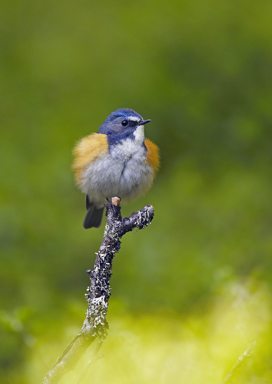
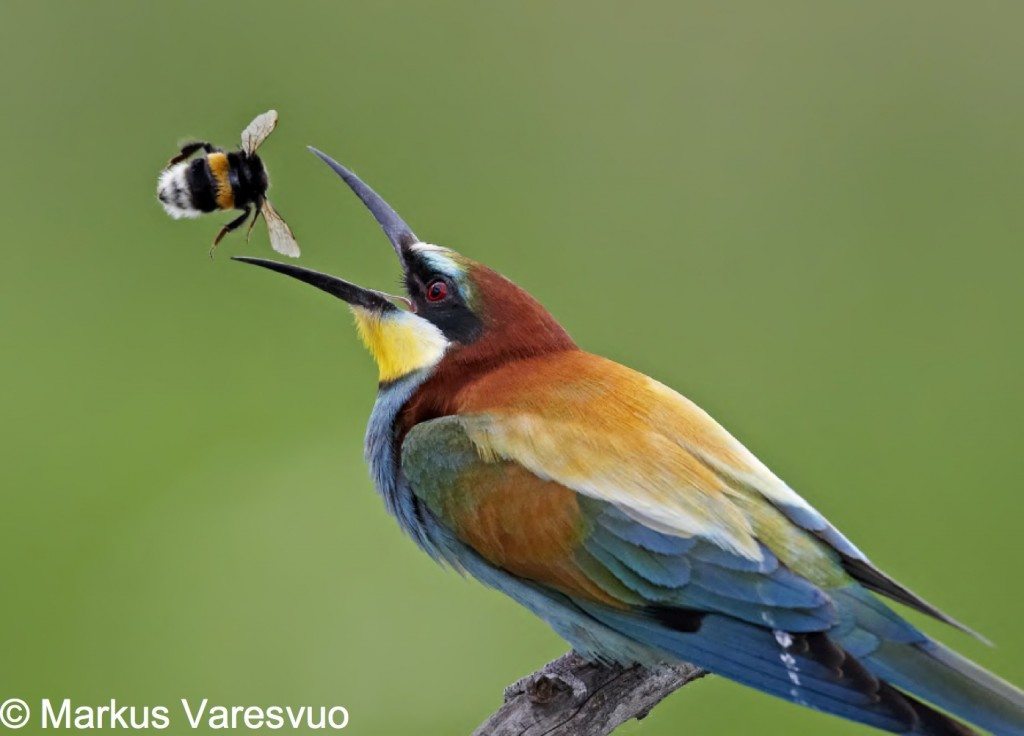
I liked this book quite a bit. It gave me some ideas for improving my photography, and even though it often focused on Scandinavia (an area of the world I rarely inhabit) for examples to clarify ideas and illustrate places to photograph, I found the discussions interesting. The illustrations alone make the book desirable. It’s a nice job by three excellent photographers, meeting their objective of encouraging at least one photographer to seek unique approaches to bird photography.
———————–
Bob Lewis is a GGBA board member, a birding instructor and field trip leader, and an award-winning bird photographer. His photographs can be seen at http://www.flickr.com/photos/boblewis/. His previous posts for Golden Gate Birder include Learning to be a Bird Photographer.
Bob will be speaking and showing slides about the birds and natural history of South Georgia Island and the Falklands (southern Atlantic Ocean) at GGBA’ monthly Speaker Series on Thursday July 18th. Come at 6:30 p.m. for refreshments and GGBA’ Annual Meeting, and stay for Bob’s presentation at 7:30. It’s at Northbrae Community Church, 941 the Alameda (between Solano and Marin) in Berkeley. Cost is free for GGBA members and $5 for non-members.
